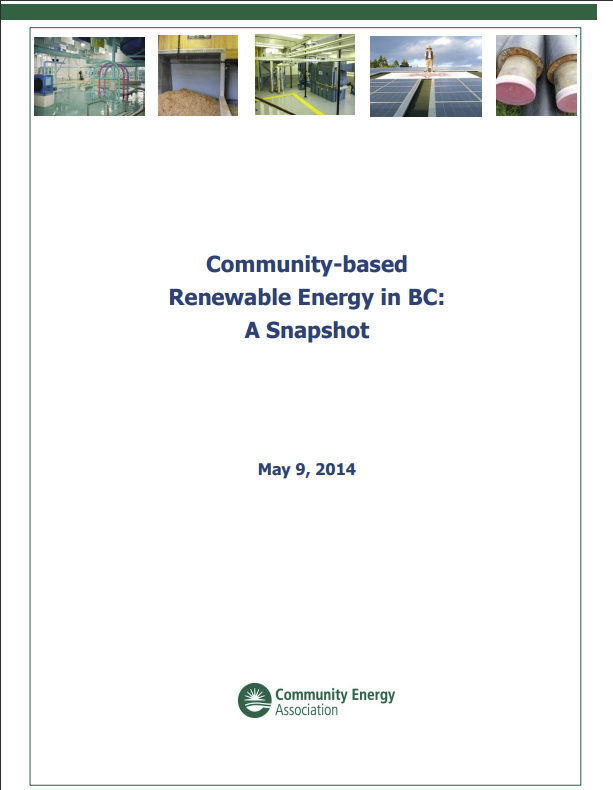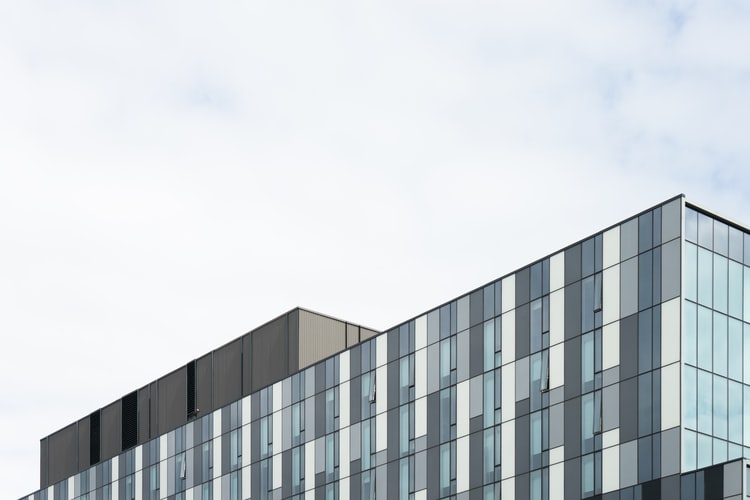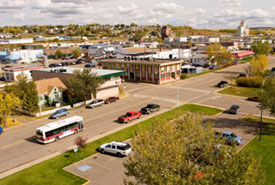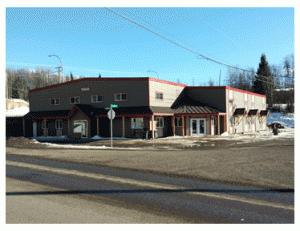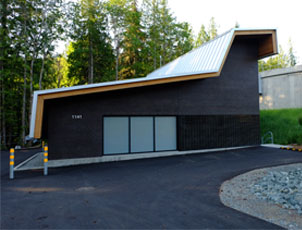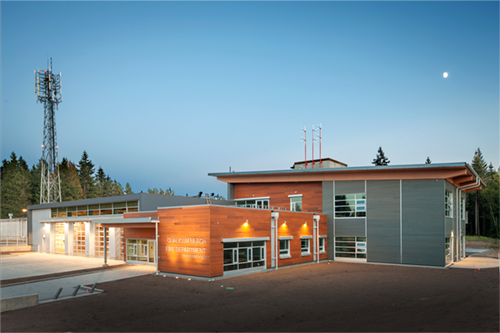Renewable energy activity in communities across BC is shifting from a relatively small number of independent one-off initiatives to become a standard commitment in community energy and emissions plans and being applied as part of a more diverse, innovative and integrative approach to reducing community-wide greenhouse gas emissions in both small and large communities across the province.
The purpose of this report is to provide a snapshot of community-based renewable energy projects in BC at the end of 2013, to comment on how BC’s legislative and policy framework and various dedicated
programs across the province and over the years have supported the development of these projects, and to suggest a strategy for moving forward.
